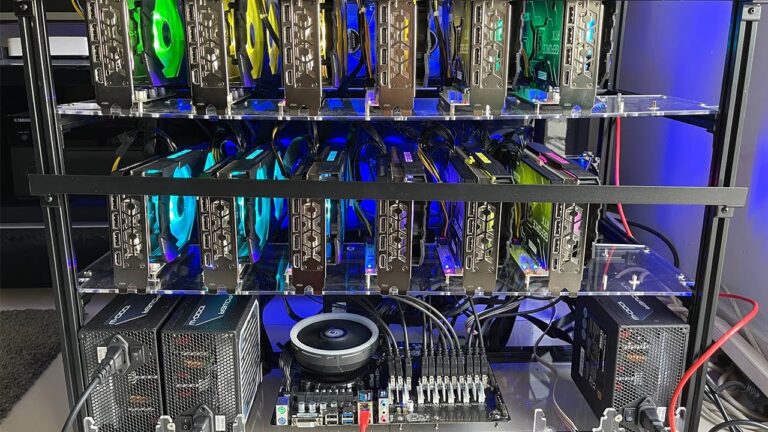Wouldn’t it be nice if all our home appliances can last a lifetime? Modern homes tend to have a long list of electrical appliances, and it stands to reason that some of them won’t prove to be reliable over the long term. That’s why most households these days have the contact numbers of appliance repair services saved in their phone. Sooner or later, you’ll need their help.
On the face of it, it somewhat paradoxical that modern appliances seem to require more repair services at an earlier time than their older counterparts. However, a more careful examination of the whole situation can provide a clearer picture that explains this sad state of affairs.
Planned Obsolescence
This phrase gained new popularity when it was revealed that Apple admitted its practice of slowing down older iPhones so their customers will buy new ones. But the truth is manufacturers have been practicing this deceitful strategy for decades. Many of these companies have simply become subtler about it.
Planned obsolescence is the design philosophy of intentionally building a product so that it becomes obsolete after a certain period of time. This may mean that the item will simply break down after a while, or perhaps the item may eventually become unfashionable. Either way, this design strategy allows manufacturers to encourage their customers to buy even more of their products—especially the newer and more expensive models.
That’s why some products are intentionally festooned with fragile parts that are designed to break down sooner. Often these are non-replaceable parts, so you’ll have to buy a new model. In some cases manufacturers may even design a casing for the appliance that supposedly prevents internal tampering. In reality, it’s about preventing repairs.
Cutting Down on Costs
It’s axiomatic in the consumer industry that cheaper items will generally sell better than their more expensive counterparts. A lower price makes a consumer item more attractive.
But to achieve this smaller price tag, manufacturers tend to use shortcuts that lower the overall quality and durability of an item. They may use cheaper parts, and these are cheaper because they’re weaker and more prone to breaking down. They may transfer the manufacturing plant to places were labor costs are lower, and these places often don’t have a very high regard for quality control.
More Advanced Appliances Are Inherently More Fragile
There’s a truism in engineering and manufacturing that holds true most of the time: if an appliance contains more parts, then you have more parts that can go wrong. Since modern appliances are more advanced and offer more features than ever before, it stands to reason that they will have more parts that can break down easily.
It’s like buying more sweepstakes tickets when you have more components to worry about. In this case, however, you increase your chances of “losing.”
This is why HVAC systems are among the appliances that break down the most often. Modern HVAC appliances have become extremely sophisticated with remote and smart features. They have more features than ever before. At the same time, people can over use them so it’s not surprising that these things tend to need repairs more frequently.
Improper Maintenance
Manufacturers insist that their appliances can last much longer than they do right now. The fault isn’t theirs, they say. It’s that people don’t do proper maintenance for their home appliances.
Now there’s a certain truth to this argument, as many people aren’t as conscientious about appliance maintenance as they ought to be. But then we all lead busy lives and many of us don’t have the time. Considering how many appliances you can find in homes these days, a single homeowner can spend too much of the day doing “proper maintenance” on all of them.
In any case, modern life these days invariably includes a need for appliance repair. Your best bet is to look for appliances that have an excellent reputation for durability, while you also find an appliance repair service that offers professional assistance at reasonable prices.




